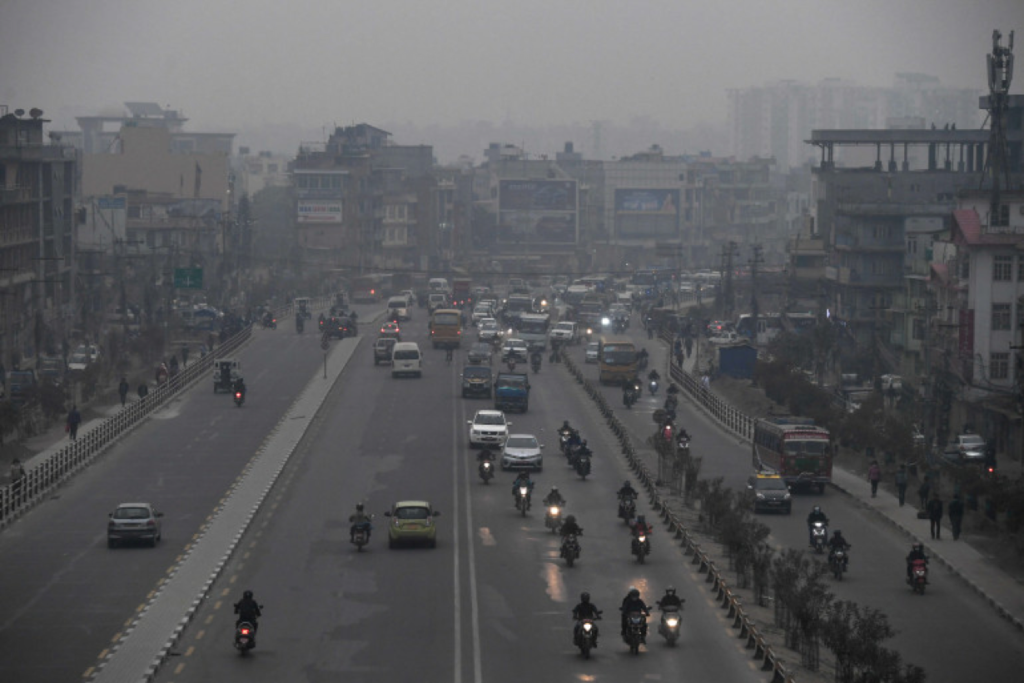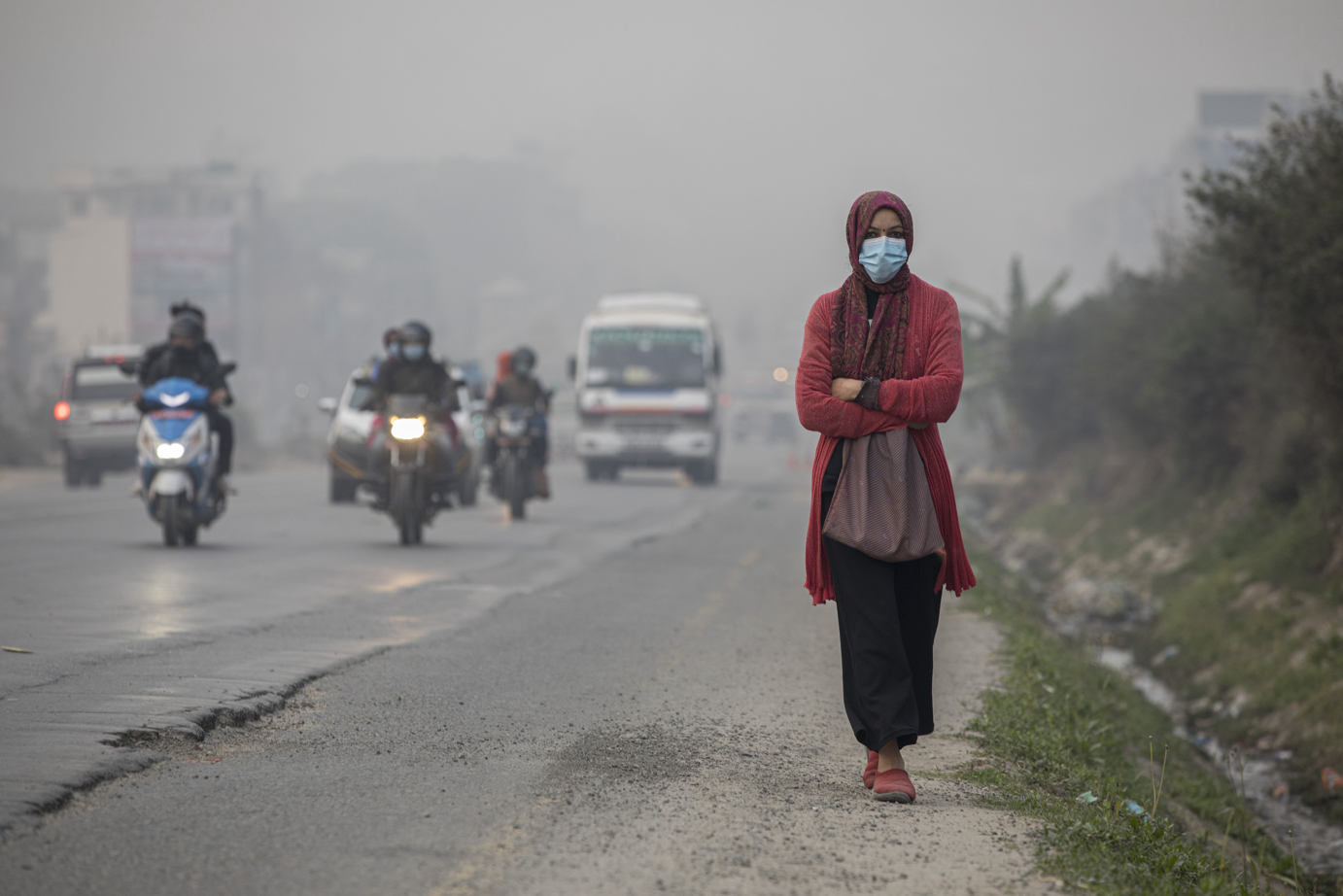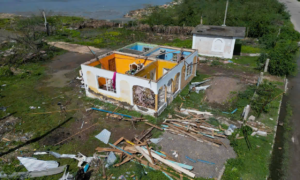Located between big polluters China and India, Nepal is seeing the worst pollution levels since 2016.
Nepal has ordered schools to close for four days after air pollution climbed to hazardous levels, forcing millions of students to stay home across the country.
The country of 30 million people lies in the Himalayas between China and India, two of the world’s biggest polluters.
Air pollution is a chronic problem in the rapidly growing capital city of Kathmandu and an additional headache for the government, which is struggling to contain the coronavirus pandemic.
Over the weekend, pollution levels hit their highest in the capital since the government began keeping records in 2016, government official Shankar Paudel told Reuters news agency.
Education ministry spokesman Deepak Sharma said about eight million students have been affected by the closures.

The 24-hour average level of PM2.5, fine particulate matter that can reach deep into the lungs, was 214 micrograms per cubic metre in the upscale area of Bhaisepati in Kathmandu on Sunday, Department of Environment data showed. The government’s standard level is 40 micrograms per cubic metre.
Air quality in the capital has deteriorated recently but average pollution readings were not available.
Dust from construction works, exhaust from old, poorly maintained vehicles and smoke from coal-burning brick kilns blend in a murky haze that hangs over the ancient city of four million people, raising the risk of cancer, stroke, asthma and high blood pressure, experts say.
“This also adds to the risk of COVID-19,” said Sher Bahadur Pun, a doctor at a tropical and infectious disease hospital in the capital.
Arjun Khadka, 65, who owns a grocery store in Kathmandu, said he experienced itching and burning sensations in the eyes and nose which could be due to pollution.
“I don’t remember this level of pollution in Kathmandu in the past,” Khadka told Reuters.
People must stay safe indoors and not come out except for emergencies, the health ministry said.
Officials at Nepal’s only international airport in Kathmandu said poor visibility, which was down to 1,000 metres on Monday, widely disrupted flights.




